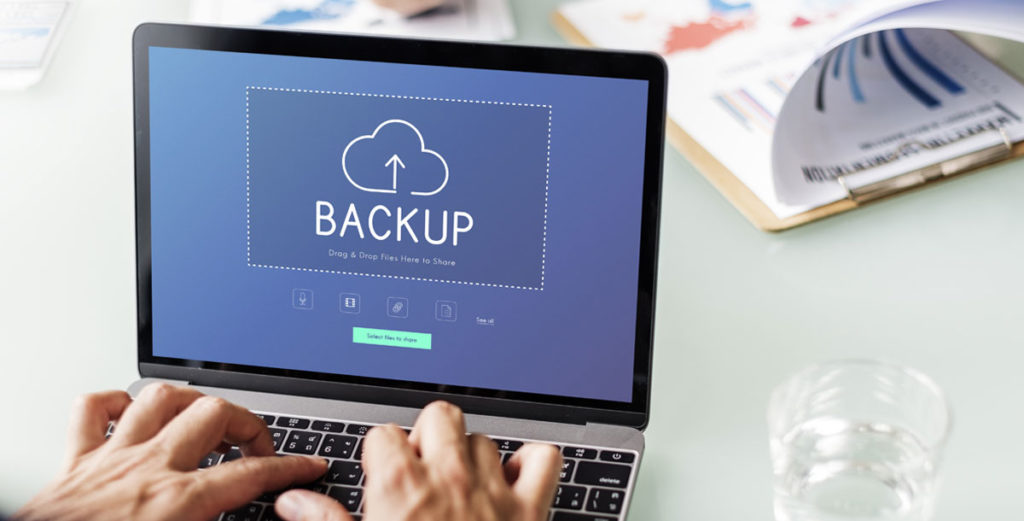COVID-19 has had serious impacts on the way work gets done at many businesses. The most obvious and visible change has been the sudden and drastic increase in remote work, but that’s just the tip of the iceberg. The truth is, many businesses have been scrambling to put in place the technology solutions, policies and procedures needed to thrive in this current moment. And many are struggling to know what those solutions and procedures should be in the first place.
Here at Southeastern Technical, we’ve identified five business technology trends that are here to stay. Many of these have been spurred on by the pandemic, but now that they’re here, they aren’t going away anytime soon.
Business Tech Trend #1: Remote Work
By far, the most visible tech trend spurred on by COVID-19, remote work is a hot topic right now. Remote work is nothing new, but many businesses long disregarded it as inconvenient or unnecessary. Then came a highly contagious disease, and businesses worldwide scrambled to implement remote work policies, in some cases doing so hastily over a weekend.
There are numerous tools that make remote work much smoother than it would’ve been a decade ago. Microsoft Teams is one of these. Teams is a superpowered chat, videoconferencing, and collaborative workspace tool that’s integrated with the rest of Office and Microsoft’s OneDrive platform. Zoom has had a lot of press lately, and Cisco WebEx Teams is a more fully-featured conferencing tool.
Of course, beyond these tools, there are some huge concerns regarding remote work. The two most significant are access and security. We’ll talk about security in greater detail below.
For now, we’ll leave it at this: transitioning well to a remote or hybrid work environment takes more than just implementing Teams or Zoom. You need a comprehensive, well-planned strategy for accessing company data and tools in a way that empowers your team and keeps your company secure.

Business Tech Trend #2: Cloud Integration
Chances are, you’ve been hearing about the cloud for years now, and your business may have already embraced some aspects of cloud technology. But here, too, nothing like a pandemic and a suddenly distanced workforce to drive a little cloud adoption!
Here’s one example. If your business has long relied on a private server for file storage and shared network access, suddenly sending everybody home is going to cause a problem. All those remote workers will need VPN access to your network, something you may not have ever set up before. If you did have a VPN in place, the sudden influx of users might cause upload/download speeds to grind to a halt.
By moving relevant project files to a secure cloud platform for file storage, you’re no longer relying on your own technology (and your own bandwidth limitations). In most cases, your teams will enjoy faster, more stable access to files because everything’s running on servers located in data centers — and these have invested in expensive equipment to deliver reliability and speed.
Cloud services also enable rapid scalability. Without the cloud, if you need more bandwidth or more server capacity, you have to order, install and configure new equipment or work out a beefier connection. These things take time and knowledge that you may not have. With the cloud, scaling up storage or capacity can happen nearly instantly.
Business Tech Trend #3: Cybersecurity
Cybersecurity isn’t a new concern, either, but it’s become more visible and perhaps concerning since COVID-19. That’s because your newly-remote employees probably weren’t prepared for the move home any more than you were prepared to send them home.

Plus, if your network security isn’t what it needs to be, your at-home employees could provide a much easier path to bad actors trying to breach your system. If your team is using insecure personal devices or connecting over poorly secured Wi-Fi, your company’s data could be more at risk.
Business Tech Trend #4: Backup and Disaster Recovery

Your on-site backup is your first line of defense and usually the fastest path to restoring data and service, but it’s not enough on its own. If your building is destroyed, your on-site backup is likely to go with it. If you use an on-site backup, you should always pair it with a cloud backup solution.
Some businesses are happy to rely on the cloud, forgoing a physical, on-site backup entirely. This may be sufficient for some businesses, but you need to be sure your cloud backup solution is adequate in terms of reliability and how quickly you can get a malfunctioning system restored. Not every cloud solution is created equal, and we’re happy to help you navigate these options.
Business Tech Trend #5: Digital Readiness
The final trend we’ve noticed is the absolute importance of digital readiness. Businesses that couldn’t pivot online quickly found themselves at a great disadvantage when the lockdown started. Consider restaurants: the restaurants that have survived the pandemic are, in many cases, the ones who were prepared to offer to-go food that could be ordered online. Some restaurants were able to quickly pivot on this, and others couldn’t.
Now more than ever, you need an effective online presence, and if you sell a product or service, you need to be selling it online. If you’re not there yet, it’s time to execute, and we can help.






